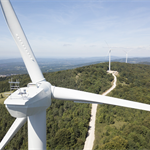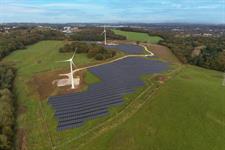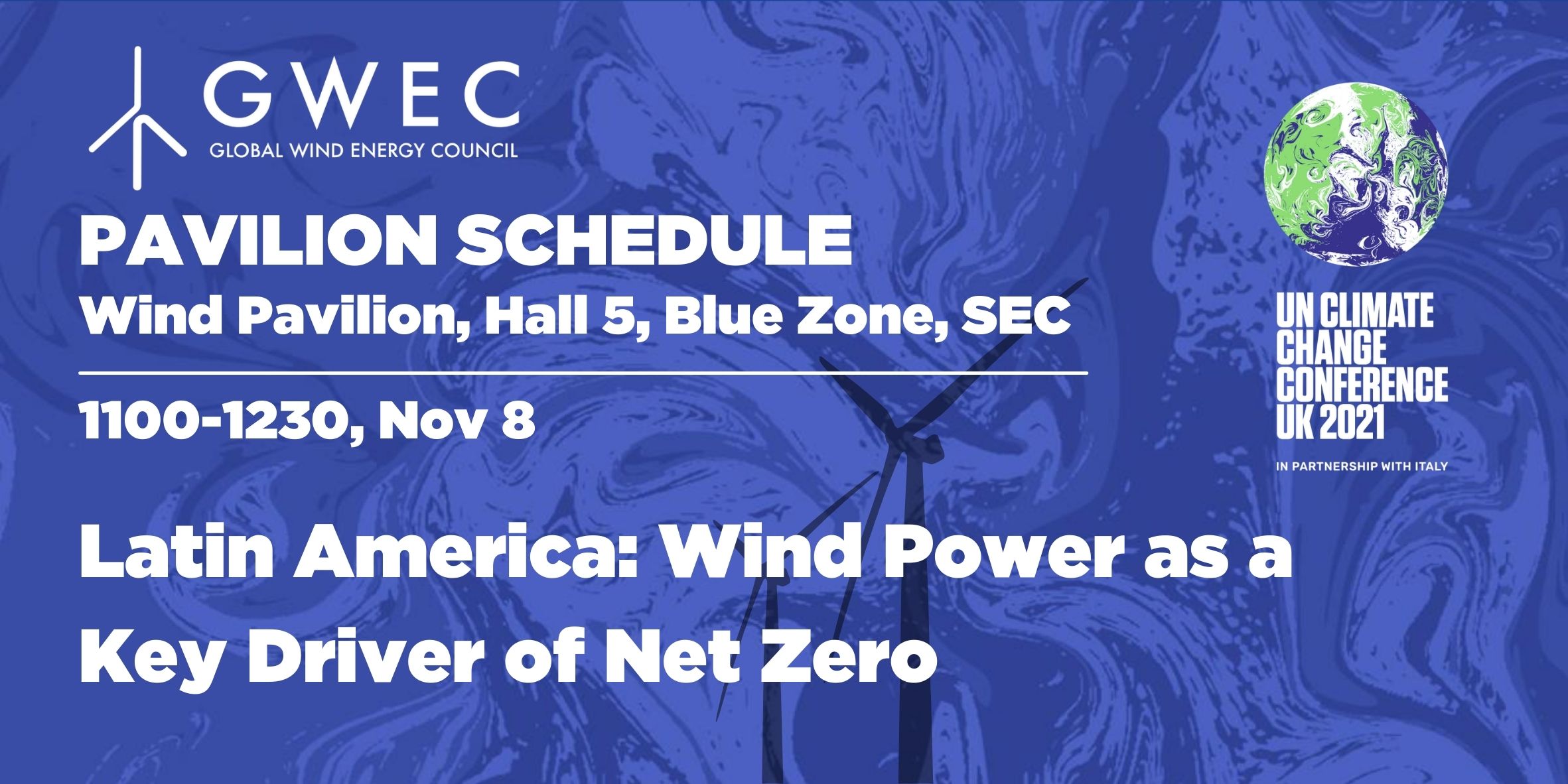World falling short on renewables deployment despite massive growth — Irena
Energy Disrupter
.png)
The findings were published on Thursday (11 July) in Irena’s Renewable Energy Statistics 2024 report, which shows that renewable energy deployment now needs to grow by 16.4% annually in order for the world to meet its target of tripling renewables capacity by the end of the decade – as agreed by representatives at last year’s COP28 climate conference.
The data-driven report shows that progress towards tripling renewable energy worldwide is happening more slowly than necessary, despite renewable sources of energy such as wind and solar power becoming the fastest growing source of power and hitting unprecedented levels of growth.
Global combined wind capacity of both onshore and offshore grew from 903GW in 2022 to 1,017GW in 2023, the report shows. The vast majority (944GW) of this is onshore wind.
China alone accounts for just under half of the global wind energy total, hitting just under 442GW of capacity by the end of last year.
“The unprecedented 14% increase of [global] renewables capacity during 2023 established a 10% compound annual growth rate (2017-2023),” the report read.
It added: “Combined with the constant decreasing additions of non-renewable capacity over the years, the trend sees renewable energy on its way to overtake fossil fuels in global installed power capacity.”
Nevertheless, that progress still fell short of the additions required to put the world on track to triple its renewable energy capacity by 2030.
The report shows that if the current rate of annual additions in renewable continued, the world would still fall far short of the target to triple capacity to 11.2TW, as previously outlined by Irena, missing that total by 1.5TW or 13.5% to reach only 9.7TW.
If the world’s compound annual growth rate for renewables stays at 10% between now and the end of the decade, capacity will be lower still, reaching 7.5TW by 2030 and missing the target by almost one third, according to the Irena.
Solar energy was the largest source of renewables capacity in 2023, accounting for 36.7% or 1.42TW, followed by hydropower at 32.7% (1.26TW), and wind energy at 26.3% (1.02TW).
“The share of variable renewables (wind and solar) has increased to 63% of renewable capacity, indicating a shift towards these more intermittent energy sources,” the report’s executive summary states.
















